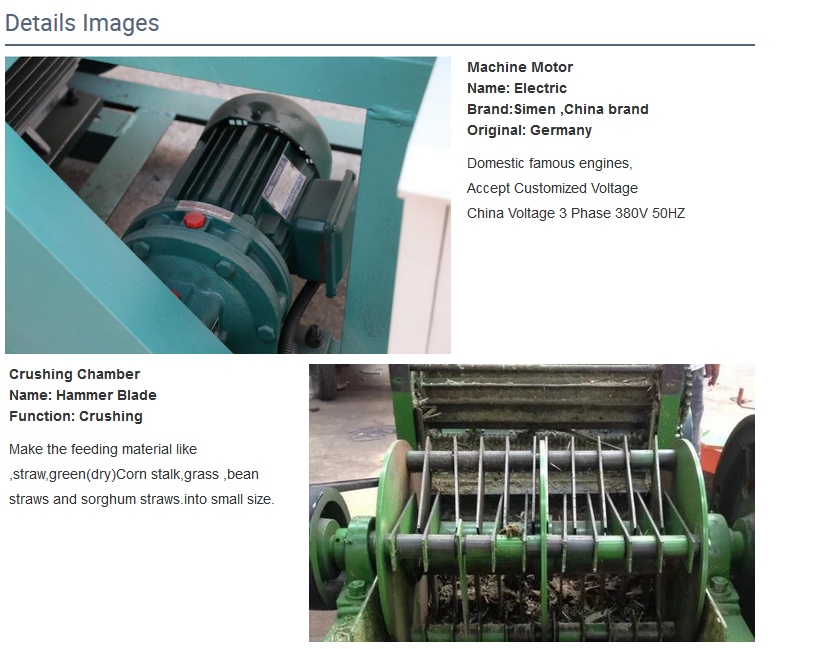scalder chicken
វិច្ឆិកា . 16, 2024 16:03 Back to list
scalder chicken
Scalder Chicken A Deep Dive into Processing and Culinary Delights
In the world of poultry processing, few terms are as pivotal as scalder. This term refers to a crucial stage in chicken processing that plays a significant role in ensuring the quality and safety of the meat we consume. Understanding the scalder process not only sheds light on the intricacies of poultry production but also enhances our appreciation for the culinary possibilities that follow.
The scalder stage occurs after chickens are processed and is aimed at loosening the feathers, making them easier to remove. Typically, this is achieved through the application of hot water—usually ranging between 140°F to 160°F (60°C to 71°C)—in a controlled environment. The chicken carcasses are submerged in the scalder for a prescribed duration, allowing the heat to penetrate the skin and loosen the feathers’ follicles. This step is vital because it affects the overall quality of the meat; improper scalding can lead to unsatisfactory feather removal and, ultimately, a less appealing product.
Additionally, the scalder also serves an essential function in microbial control. The application of hot water can significantly reduce the presence of harmful bacteria that might be present on the chicken's surface, thereby contributing to food safety and quality. As consumers become increasingly aware of food safety standards, understanding the importance of the scalder can help in fostering a connection between farming practices and the preparation of chicken-based dishes.
Scalder Chicken A Deep Dive into Processing and Culinary Delights
After feather removal, the chickens go through a series of cleaning and inspection processes to ensure they meet health and safety standards. This preparation phase is critical for delivering the high-quality product that consumers expect from their local grocery stores. The entire endeavor reflects a culmination of efforts in poultry farming, processing, and culinary arts, crafting the delicious chicken dishes we know and love.
scalder chicken

When it comes to culinary applications, the possibilities with chicken are virtually endless. From classic roast chicken to innovative Asian-inspired stir-fries, the versatility of chicken allows it to fit seamlessly into various cuisines. The preparation of chicken begins well before it reaches the kitchen, and understanding the scalding process enriches our culinary experience.
One popular way to showcase chicken is through the famous roast chicken dinner. Using a well-scalded chicken, the dish boasts juicy meat while achieving that coveted crispy skin. Marinating the chicken prior to cooking can add layers of flavor, and techniques like dry-brining can enhance the meat's tenderness. Pairing the roast chicken with seasonal vegetables, herbs, and a quality sauce can elevate the dish to new culinary heights.
In addition to roasting, chicken is a fan favorite in a myriad of other preparations. Grilling, frying, and braising are just a few options that allow for diverse flavor profiles. A spicy chicken curry or a comforting chicken noodle soup showcases the adaptability of the meat, making it a staple in kitchens across the globe.
Moreover, with the rise of the farm-to-table movement, consumers are increasingly interested in the origins of their food. Learning about processes like scalding can pique interest in ethical sourcing and the importance of supporting sustainable farming practices. By choosing to purchase chicken from responsible producers, consumers can ensure that they are enjoying high-quality meat while contributing to a more sustainable food system.
In conclusion, the scalder chicken process is an essential stage in the poultry industry that has far-reaching implications for both food safety and culinary practices. Understanding this process not only builds appreciation for the chicken on our plates but also highlights the importance of responsible sourcing and ethical farming. As we continue to grapple with new culinary trends and concerns surrounding food safety, knowing the journey of our food, from farm to fork, enriches our dining experiences and fosters a deeper connection to the meals we cherish.
-
Automatic Feeding Line System Pan Feeder Nipple Drinker-Anping County Yize Metal Products Co., Ltd.
NewsJul.30,2025
-
Automatic Feeding Line System-Anping County Yize Metal Products Co., Ltd.|Durable Construction&Easy Maintenance
NewsJul.30,2025
-
Automatic Feeding Line System-Anping County Yize Metal Products Co., Ltd.|Pan Feeder Nipple Drinker&Durable Poultry Farming Solution
NewsJul.30,2025
-
Automatic Feeding Line System Pan Feeder Nipple Drinker|Anping County Yize Metal Products Co., Ltd.
NewsJul.29,2025
-
Automatic Feeding Line System-Pan Feeder Nipple Drinker|Anping County Yize Metal Products Co., Ltd.
NewsJul.29,2025
-
Automatic Feeding Line System - Pan Feeder Nipple Drinker|Broiler Farming Equipment
NewsJul.29,2025






